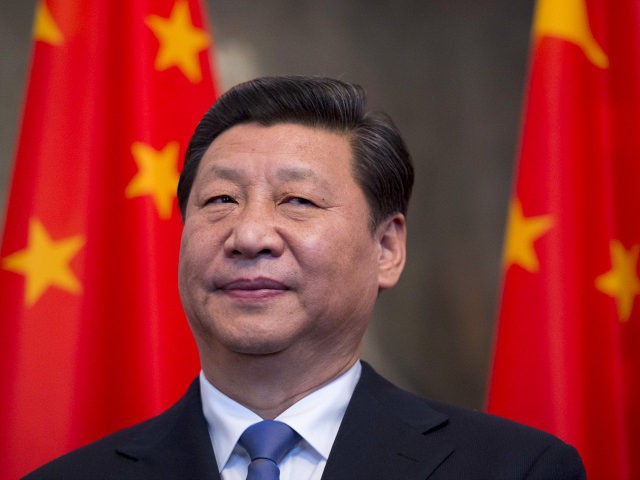October 1 is National Day in China, kicking off a week-long holiday marking the foundation of the People’s Republic of China in 1949.
China’s immensely powerful and theoretically permanent President Xi Jinping held the spotlight throughout the weekend, attending ceremonial events and performing military inspections as he stressed the importance of national unity and military power.
The Chinese military was Xi’s focus on Friday when he inspected a People’s Liberation Army unit and warned against “any thought or behavior that strayed away from real combat,” as India’s Economic Times put it.
Xi is not only president of China but also head of the Communist Party and chairman of the Central Military Commission, a rare convergence of three offices in the same leader. The presidency was made substantially more powerful for him over the past few years, including the controversial removal of presidential term limits so he can rule as long as he likes.
Many Chinese felt the limited term of office was the only thing preventing their president from becoming a dictator, particularly given Xi’s focus on expanding and modernizing the military.
Xi and his government invested a great deal of effort in convincing the Chinese he is not a dictator and his pursuit of enhanced military strength is justified. The president has already implemented sweeping structural reforms to the PLA and purged about 50 generals for corruption. His visit to the 79th Group Army on Friday included a reminder that strict loyalty to the Communist Party is vital for both soldiers and officers.
Xi attended a reception on Sunday at the Great Hall of the People for top officials and invited foreign guests, at which a great deal of praise was heaped upon China’s “reforms,” its “opening” to the outside world, and its devotion to “rule-based multilateralism.” Xi’s contribution to Communist Party dogma, known as “Xi Jinping Thought,” was effusively praised.
The keynote speaker, Premier Li Keqiang, affirmed the “one country, two systems” policy governing several special semi-autonomous regions. He praised “the people of Hong Kong governing Hong Kong” and “the people of Macao governing Macao,” but he was noticeably less enthusiastic about the people of Taiwan governing Taiwan.
“We will continue to uphold the one-China principle and the 1992 Consensus, safeguard national sovereignty and territorial integrity, and absolutely not tolerate any ‘Taiwan independence’ attempts and activities,” Li declared.
The Straits Times cited Li’s promise that China will “work to advance reforms and strive to create a better business environment through streamlining administration, cutting taxes, lowering fees, and intensifying protection of intellectual property rights.”
“He also said that China will encourage innovation among entrepreneurs and scientific and technical personnel, foster new drivers, push forward the high-quality development of the economy, promote international cooperation under the Belt and Road Initiative and improve people’s livelihood,” the Straits Times added.
These promises would be much more exciting if China did not already claim to have a flawless record on everything Li promised to improve. He said these things because China is attempting to fend off relentless criticism from the United States, and needs to reassure prospective Belt and Road partners they won’t fall prey to unfair Chinese trade practices or intellectual property theft.
National Day was a mixed bag in Hong Kong, where the holiday officially lasts only one day instead of an entire week. There were splashy celebrations and 60,000 mainland visitors arriving through the new high-speed rail terminal that became fully operational eight days ago. There were also protests against the compromise of sovereignty made to create that terminal and the ban on Hong Kong’s independence-minded National Party.
Since open support for the Hong Kong National Party is now illegal, clever protesters waved the flag of Catalonia, the Spanish region where activists are still seeking independence a year after a referendum on the matter was deemed illegal and suppressed.

COMMENTS
Please let us know if you're having issues with commenting.